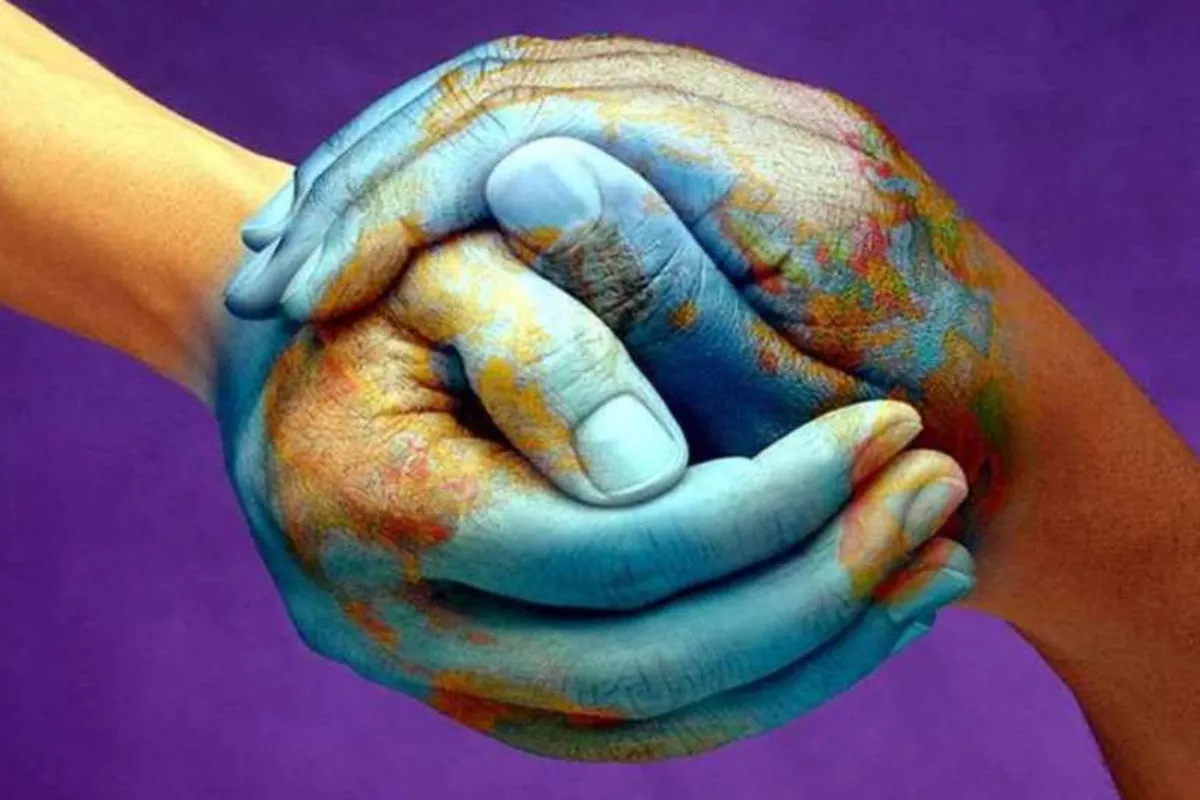
photo: Asia Plus
Tajikistan has made notable progress in the latest Global Peace Index, improving its position among nations worldwide.
The Institute for Economics and Peace (IEP) has published the 19th edition of its Global Peace Index (GPI), assessing the state of peace in 163 countries and territories, covering nearly 99.7 per cent of the global population. Tajikistan ranks 79th in this year’s report, The Caspian Post reports via Tajik media.
The latest GPI highlights a troubling global trend: a decline in peacefulness driven by increasing militarization, escalating conflicts, the erosion of traditional alliances, and mounting economic uncertainties. Despite this overall downturn, some nations have managed to improve their rankings.
The GPI evaluates peace through 23 indicators grouped into three main categories:
Public safety and security
Current internal and international conflicts
Levels of militarization
A higher GPI score signals a lower level of peace. This year’s top five most peaceful countries are Iceland (1.095), Ireland (1.260), New Zealand (1.282), Austria (1.294), and Switzerland (1.294). Conversely, Sudan (3.323), Ukraine (3.434), and Russia (3.441) rank among the least peaceful nations. While Sudan showed modest improvements on two indicators, Ukraine and Russia experienced declines across multiple measures.
Tajikistan’s score of 1.996 places it in a tie for 79th with the Dominican Republic. Neighboring Central Asian countries show slightly better rankings: Kazakhstan is 56th (1.875), Uzbekistan 67th (1.926), Kyrgyzstan 78th (1.988), and Turkmenistan 87th (2.019). Notably, Tajikistan’s peacefulness indicators worsened in 10 areas, more than any other country in the region.
The 2025 index reveals a continuation of a downward trend in global peace, with key conflict drivers reaching their highest points since World War II. The number of active interstate conflicts stands at 59-the highest since the war-up by three compared to last year. In 2024, 17 countries reported over 1,000 conflict-related deaths.
The report draws attention to a sharp decline in successful conflict resolution: the share of conflicts ending with a decisive victory dropped from 49 per cent in the 1970s to just 9 per cent in the 2010s. Similarly, conflicts resolved through peace agreements fell from 23 per cent to 4 per cent over the same timeframe.
Internationalization of conflicts is on the rise, with 78 countries involved in disputes beyond their borders. This trend complicates peace efforts and is fueled by geopolitical fragmentation, heightened competition among major powers, and the growing influence of middle-tier states in their regions.
Overall, the 2025 GPI shows a 0.36 per cent decrease in global peacefulness, marking the 13th decline in the past 17 years. While 74 countries reported improvements, 87 experienced worsening conditions.
The report offers a detailed analysis of ongoing conflicts, security levels, and militarization trends around the world, painting a sobering picture of the current state of global peace.
Share on social media